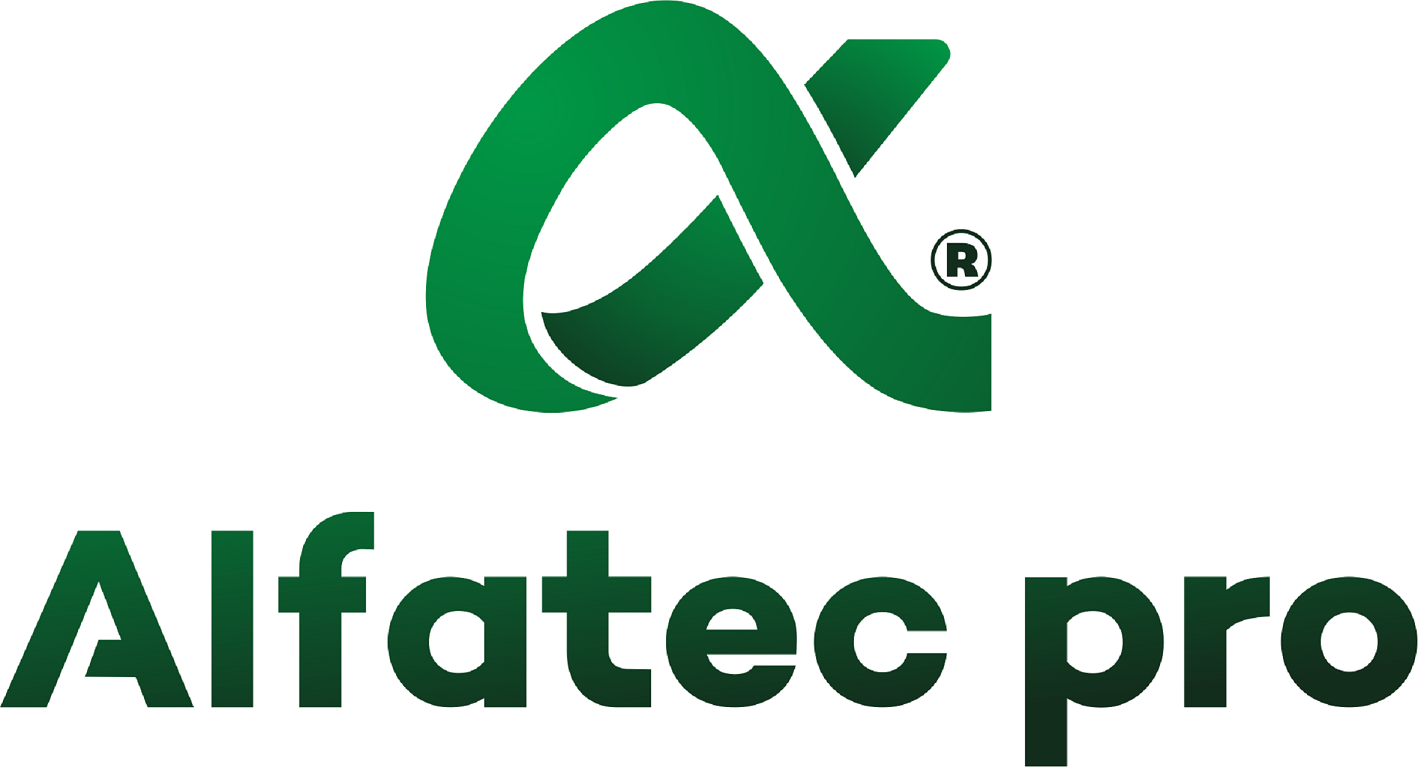Foremki aluminiowe
Foremki aluminiowe charakteryzują się szeroką odpornością mechaniczną, zarówno w niskich, jak i wysokich temperaturach. Foremki aluminiowe można stosować w temperaturze od – 40 °C do + 350 °C.
Tak, foremki aluminiowe są przeznaczone do pieczenia. Żywność w foremkach aluminiowych można gotować, piec i podgrzewać za pomocą pieca konwekcyjnego, tradycyjnego piekarnika, a także kuchenki mikrofalowej. Foremki aluminiowe wytrzymują temperaturę do +350 °C.
Żywność w foremkach aluminiowych można poddawać procesowi mrożenia w temperaturze do – 40 °C.
Tak, foremki aluminiowe mogą być stosowane w kuchence mikrofalowej o ile zostaną spełnione określone warunki:
- Przed włożeniem foremki aluminiowej do mikrofalówki, należy zdjąć z niej przykrywkę, wieczko, folie itd.
- Jedzenie powinno zajmować większą część dna foremki
- Foremkę aluminiową należy umieścić na środku talerza w kuchence mikrofalowej (jeśli kuchenka mikrofalowa jest wyposażona w metalowy talerz obrotowy, należy użyć talerza ceramicznego lub szklanego pod foremką aluminiową)
- Foremka aluminiowa NIE MOŻE mieć kontaktu ze ścianą mikrofalówki – minimalna odległość od ścianek mikrofalówki to 2cm.
- Jednocześnie w mikrofalówce może znajdować się tylko JEDNA foremka aluminiowa.
Powyższe zasady NIE ZNAJDUJĄ ZASTOSOWANIA w przypadku kuchenek mikrofalowych wyprodukowanych przez 1983r.
W opakowaniach aluminiowym NIE WOLNO przechowywać i przetwarzać żywności o charakterze kwaśnym oraz zasadowym. Foremki aluminiowe nie mogą być stosowane do przygotowywania i przechowywania produktów mocno kwaśnych (pH <4,5), zasadowych (Ph >8,5) i słonych (powyżej 3,5% NaCl).
Foremki aluminiowe z powodzeniem mogą być stosowane do przechowywania żywności. Aluminium nie przenosi ani nie wspomaga wzrostu bakterii i może pomóc przedłużyć żywotność wrażliwych produktów na wiele miesięcy, a nawet lat! Tacki aluminiowe są bezpieczne w stosowaniu w kontakcie z żywnością, stanowią całkowitą barierę dla światła, gazów i wilgoci. Foremki aluminiowe są odporne na tłuszcz i można je stosować do żywności płynnej. Wart wiedzieć, że aluminium, z którego są wyprodukowane foremki aluminiowe, nie wpływa na smak i zapach, w pełni zachowuje oryginalne aromaty i właściwości produktu. Opakowania aluminiowe można poddawać termicznemu procesowi pasteryzacji lub sterylizacji.
Aluminium jest materiałem nadającym się w 100% do recyklingu, jest elementem naturalnym: to najczęściej występujący pierwiastek metaliczny na świecie i stanowi około 8% skorupy ziemskiej.
Aluminium jest surowcem wtórnym, nadającym się w całości do odzysku – 95% istniejących opakowań aluminiowych pochodzi z recyklingu.
Foremki aluminiowe wykorzystywane zgodnie z przeznaczeniem, nie stanowią zagrożenia dla zdrowia człowieka. Foremki aluminiowe są przeznaczone do kontaktu z żywnością z wyłączeniem produktów kwaśnych, zasadowych i słonych.
Foremek aluminiowych nie należy stosować w środowisku kwaśnym i słonym, gdyż zwiększa to przenikanie jonów glinu do pokarmu. Nadmierne spożycie jonów glinu, nie wpływa korzystnie na stan zdrowia. WHO ustaliła dzienne, bezpieczne spożycie aluminium na poziomie 1mg/1kg masy ciała.
Foremki papierowe
Foremki papierowe nadają się do pieczenia oraz mrożenia i można je stosować w temperaturze od – 20 °C do + 220 °C.
Tak, foremki papierowe można stosować do wypieku w temperaturze do +220 °C.
Żywność w foremkach papierowych można poddawać procesowi mrożenia w temperaturze do – 20 °C.
Tak, foremki papierowe mogą być stosowane w mikrofalówce.
